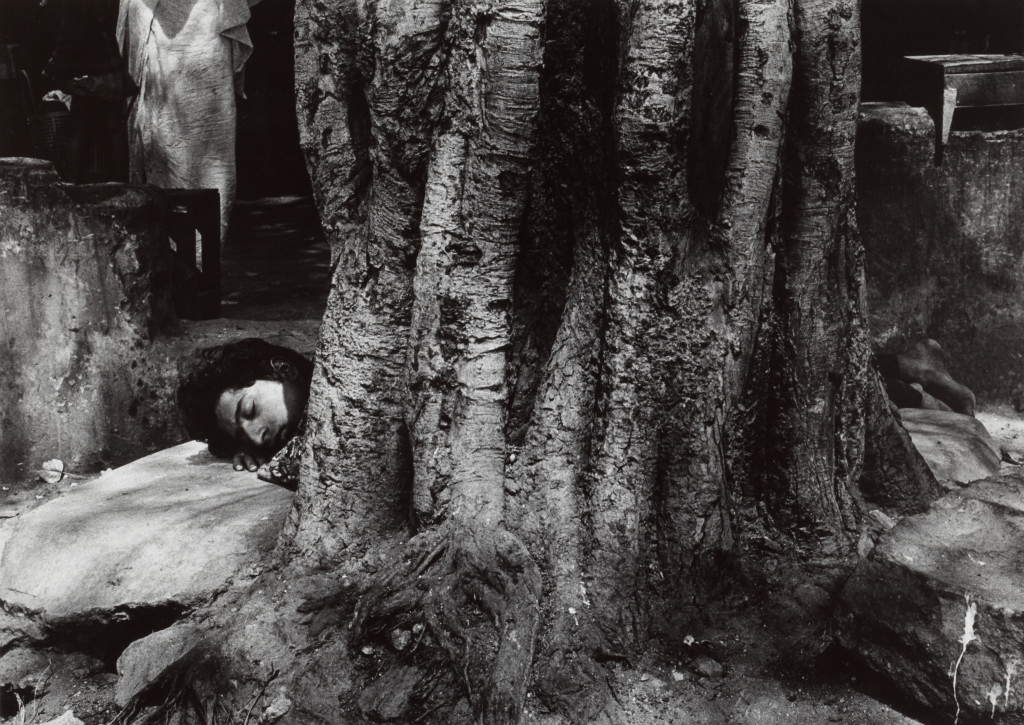Suzuki Kiyoshi was my advisor my first year of photography school. My first encounter with Suzuki, however, reaches back to elementary school–I think to when I was in third or fourth grade.
There was a sign company in the neighborhood I lived in that produced hand-written calligraphy and illustrated signs. A young man that worked there taught me drawing and also helped with my summer assignments. I grew to love drawing because of him, and I remember my grades in arts and crafts being good. Some time after I was in middle school, he was just suddenly gone from the shop. Both my memory of him and of that time grew fainter.
By now you’ve probably figured it out but that same person was Suzuki Kiyoshi. At photography school, I recognized something familiar in the voice of this professor; it was as if I had heard him speaking before. I later noticed paint under his fingernails and suddenly connected the dots, “You’re that guy from the shop!” After my exclamation, he countered, “It took you long enough to notice.” After that, we used to frequent Miyoshi Theater together. When I was still in kindergarten, I once walked across that same stage with my grandmother, so my memories of her and Suzuki are tied somehow. Both are cherished memories.
Suzuki taught me the technique of “adding salt and pepper” to a shot, which I still do to this day. This is the practice of adding some extra “flavor” to the shot by going a few steps beyond what you think was your best. Adding random shots soon after your “best”, some even without looking through the lens, may yield a picture better than what you originally thought was the best.
When I was in elementary school, that man at the sign shop taught me the pleasure of self-expression. As an adult, I learned from him the relationship between photography’s pleasure and difficulty. Suzuki Kiyoshi was the mentor who united my life with photography, and to this today I consider him a sensei of more than just photography.
1943: born in Iwaki City, Fukushima
1969: Graduated from the Tokyo College of Photography. Debuted his work in Camera Mainichi magazine’s series “Coal Mining Towns”
1983: Awarded the Photographic Society of Japan’s Newcomer Prize for “Mind Games”
1989: Awarded the 1st Society of Photography Prize for “Sum Up”
1992: Awarded the 17th Ina Nobuo Prize for “Mother’s Sea”
1995: Awarded the 24th Domon Ken Prize (among others) for “Finish Dying”
2000: Passed away due to illness


